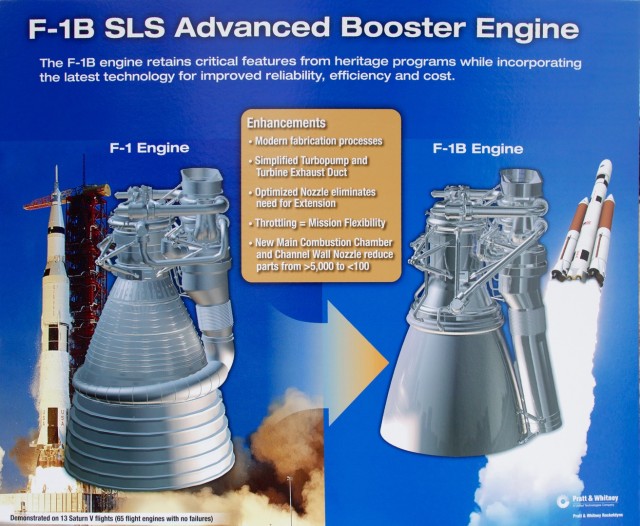Over the next few weeks, I’ll be presenting a series of posts to introduce my fellow winners in this year’s L Ron Hubbard Writers of the Future Contest. To kick things off, last year’s Gold Pen Award winner, Tina Gower, has graciously agreed to lend a hand.
Stuart: Welcome, Tina, and thanks so much for agreeing to be here. You’ve been a busy beaver since your first place win and later Gold Pen grand-poobafication. How has WotF changed your life?

Tina: Other than the mail order elves that do my bidding and the fact that I can now fly, WOTF introduced me to Mike Resnick. So far he’s published three of my short stories and we’re working on a Stellar Guild Project together. Plus the guy publicly bashes and humiliates me (in the most loving way possible!), so it keeps me on my toes. Most of my other accomplishments I can’t directly trace back to the contest. For example, I won another contest this year for my yet unpublished novel—this led me to a lot of great opportunities like a great agent who’s awesome.
Stuart: Wow. Yes, thick skin and an abiding love for humiliation are certainly keys to success in this biz. What got you into writing?
Tina: I love how this question is phrased—Like I got tangled up in it, or it’s some sort of trouble I need to get out of–which is a pretty accurate way to describe how any writer gets into this sort of mess. I’m dyslexic and I spent a lot of time in school being told how much I suck at written communication. Obsessed with why, I found myself still choosing to write a middle grade novel for my eight grade project, wrote and illustrated a children’s book for my senior project, and for my graduates thesis? I researched the way teachers grade writing and how we can do it better using rubrics as a scoring system.
Stuart: I hear you. My mother worked with dyslexic children for decades. She said the biggest obstacles they faced were being labelled instead of being helped to adapt.
Tina: I spent my first career (as a school psychologist) trying to figure out how to help students who also sucked at things (learning disabilities and other brain problems) and helping them to overcome it—or improve above what was expected. I researched techniques on how to fix these sorts of brain hiccups, and at the same time worked on my own. I took writing classes after graduate school and continued to work on it.
It wasn’t until I had my son that I seriously considered submitting and trying to really do what I wanted. I’d experienced a rare kind of paralysis after having my son and after months of physical therapy I sort of had this “I can do anything” feeling people get after coming out of situational depression. That feeling hasn’t gone away after seven years. I went from being told I’d never be a writer because of my specific type of dyslexia issues to winning the largest science fiction contest in the world. Oddly, rejections don’t sting when you have that sort of perspective.
Stuart: Wow! That’s quite a turn. I’m glad you stuck with it. So, let me ask you, Pantser or Plotter?
Tina: Both. It depends on the project. Usually a plotter—if I know the end and certain emotional points before I start, the story always turns out better.
Stuart: Plan the work and wing the plan, eh? Do you have any unusual talents?
Tina: I can sound exactly like a monkey. It unnerves my friends and family so I’ve sworn to never do the impression again.
Stuart: Ha ha! I’ve got to get you on YouTube with my daughter. She actually IS a monkey. Star Wars or Star Trek?
Tina: Yes.
Stuart: Yeah…should’a seen that one coming. If you adopted a wardrobe tag like Dr. Who, what would it be?
Tina: I look amazing in hats.
Stuart: (Feigns English accent) “I wear a hat now. Hats are cool.” A quotation that inspires you?
Tina:
WRITE! WRITE! WRITE! WRITE! WRITE!
SUBMIT! SUBMIT! SUBMIT! SUBMIT! SUBMIT!
REPEAT! REPEAT! REPEAT! REPEAT! REPEAT!
Patience. Patience. Patience. Patience. Patience.
NNiNN
–Martin L. Shoemaker (If you don’t know this person you should Google him!)
Stuart: Good one! Well thanks for joining us, Tina, and for getting us off to such a good start. I know we’ll be hearing more of you, and best of luck to you in the new year.
Tina: Thank you for inviting me on your blog for the interview!
=======================================================
Tina Gower’s story, Twelve Seconds, appears in volume XXIX of the anthology, L Ron Hubbard Presents: Writers of the Future. She’s also been published in Galaxy’s Edge and has an upcoming book in Mike Resnick’s Stellar Guild series. She blogs at www.smashedpicketfences.com and you can learn more about her work and her many other accomplishments at www.tinagower.com.





